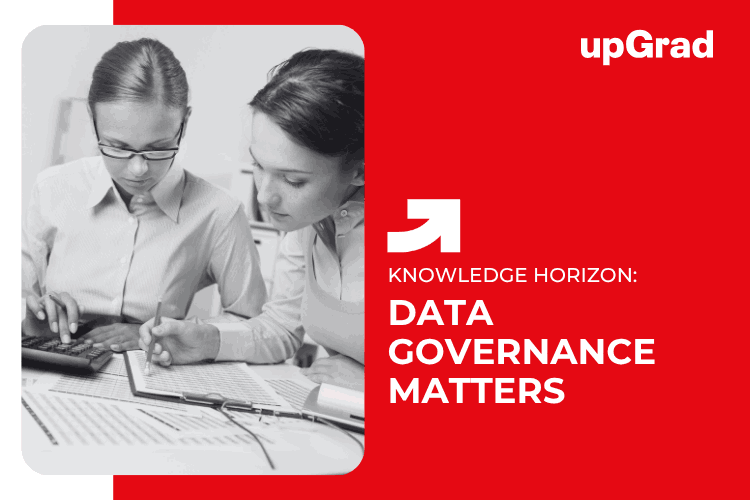Data is the most invaluable asset available to any organization today. Since data is growing at an exponential rate, data governance becomes highly important to ensure the quality and reliability of the data and proper use of it within teams.
What is Data Governance?
Data governance refers to the overall strategy, policies, processes, and tools organizations implement to manage their data effectively. This includes:
- Developing data management policies
- Maintaining and improving data quality
- Ensuring regulatory compliance
- Enabling access to reliable analytics and reports
At its core, solid data governance enables trust in organizational data.
Key Components of a Data Governance Program
A successful data governance implementation requires bringing together business, IT and compliance teams to collaborate on the following:
Data Quality Assurance
- Assessing completeness, uniqueness, validity
- Preventing duplicates, inconsistencies
Metadata Management
- Cataloging meaning, context
- Enabling discovery
Policy and Process Development
- Security Protocols
- Access controls
- Change approvals
Data Stewardship
- Dedicated roles in curating data
- Align usage to strategy
Robust data quality assurance and regulatory compliance depend directly on these elements working harmoniously across teams.
Benefits of Data Governance
Why invest time and resources into data governance? Benefits include:
- Higher-quality decisions based on trusted data
- Reduced risk from using inaccurate or unauthorized data
- Faster access to compliant, secured information
- Greater collaboration across teams
- Increased data consistency and efficiency
For analytics-driven companies, focusing primarily on data governance has become mandatory.
Developing a Successful Program
Launching a data governance initiative takes careful planning and phased deployment. Critical steps include:
- Documenting all data flows
- Creating data dictionary
- Profiling data types and uses
- Establishing a hierarchy of policies
- Developing metrics and auditing
- Rolling out to highest priority areas first
Most importantly, executive leadership must actively sponsor and participate to signal the value of governance. Appointing data stewards also boosts adoption by giving team members dedicated to curating data.
With a systematic approach, organizations can implement data governance practices that serve both current and future needs.
Conclusion
In conclusion, data governance delivers immense advantages but requires company-wide participation. It calls for not just technologies but also accountability. When done effectively, it evolves into a thriving data culture. With sound standards and active oversight, organizations can tap into data’s potential – safely, responsibly and sustainably.
FAQs
1. What are some data governance best practices?
Some best practices include creating data dictionaries, implementing data quality checks, establishing access protocols, training data stewards, and continually monitoring data risks.
2. Who manages a data governance program?
Data governance requires involvement from executives, IT teams, compliance officers, and data stewards. A dedicated data governance committee with cross-functional leaders provides oversight.
3. What systems support data governance?
Technology tools like data catalogs, master data management, data quality, and data security platforms provide essential capabilities to manage governance policies and rules.
4. How can we measure data governance success?
Key performance indicators include metrics for data accuracy, completeness, timeliness, compliance with policies, issue resolution rates, and user adoption and trust in governed data.
5. What competencies are required in a data steward role?
Data stewards need technical data skills, communication ability, influence across teams, passion for data quality, and ethical data orientation.
6. Who makes decisions in a data governance framework?
A data governance council of executives, IT, and business leaders makes strategic choices, while data stewards, who work with specialists, handle data issue resolutions tactically.
7. What problems can weak data governance cause?
Poor data governance massively increases risks of incorrect analytics, non-compliant exposure of sensitive data, and uninformed decisions – all undermining trust in organizational data assets.









